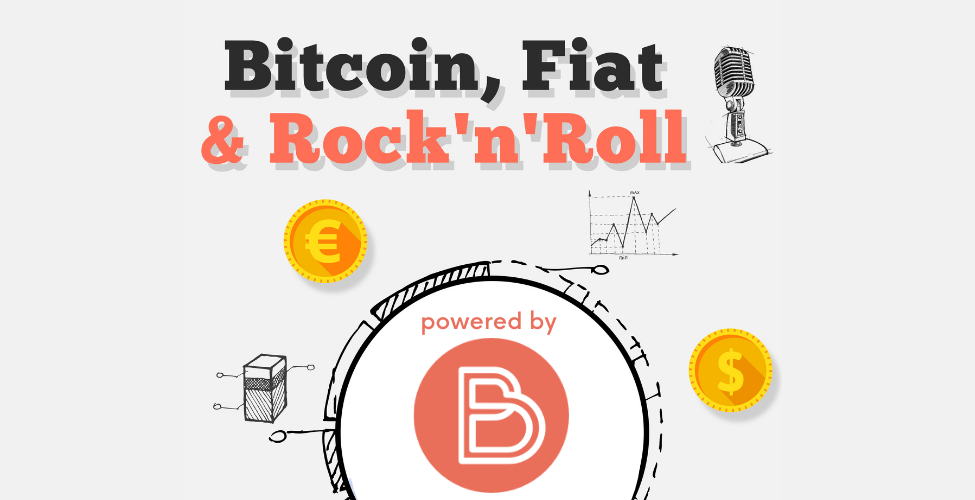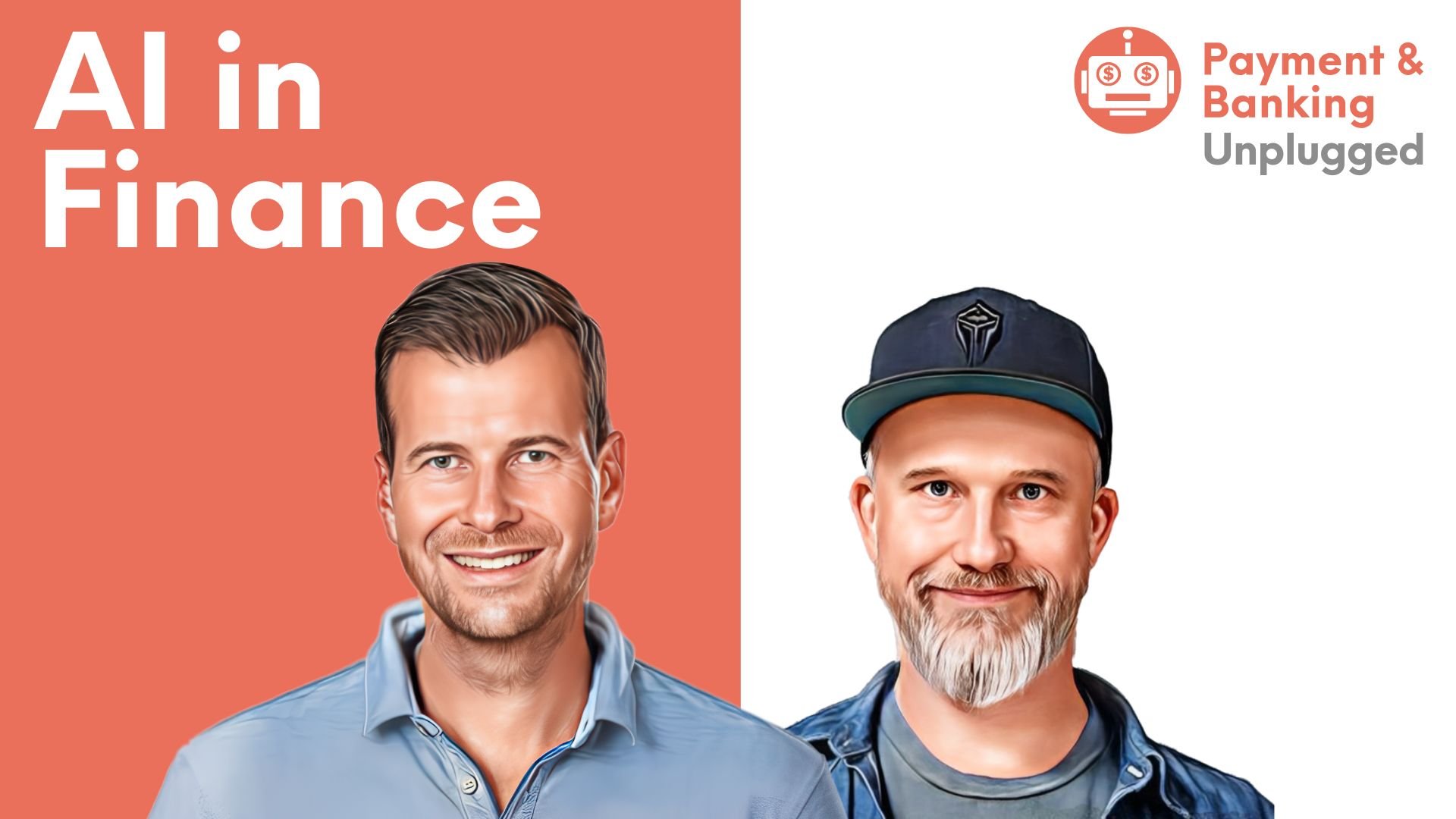Digital vs digitized money
In a four-part podcast series, Alexander Bechtel and Manuel Klein show how the euro can be „digitised“, what different forms the digital euro can take and what hurdles have to be overcome to make the digital euro a reality. Terms such as cryptocurrencies, CBDC, stablecoins as well as tokenized fiat money are defined and differentiated from existing types of money. Look forward to four exciting episodes about the monetary system of the future. We’ll help you have your say on the exciting topic of digital money.
The first episode, „Digital vs digitized money: what is the euro and in what form does it exist?“ is about how the existing monetary system works. This first episode sets the stage for the discussions in the next three episodes and is indispensable to understanding the challenges of the digitization of money.
Alexander and Manuel describe how today’s euro is created through the cooperation of the central bank and commercial banks (public-private partnership) and explain the differences between central bank money and commercial bank money. In particular, they present the accounting of the respective types of money and explain how the respective generation of money is regulated or restricted.

The goal of the episode is to understand how today’s digital operations in the transmission of money differ from the digital money of the future. Alexander and Manuel explain why the English language with its distinction between „digitized“ and „digitized“ is better suited to describe the digitization of money. In the end, the two provide their definition of the digital euro.
Bitcoin, digital euro or cryptocurrencies: The future of money is being rewritten right now. With the Crypto Corner, we provide a point of reference for those interested in crypto without getting caught up in hype. Together with Alexander Bechtel of Bitcoin, Fiat & Rock’n’Roll, we regularly bring you useful and interesting content related to digital currencies.



